The bedroom should be reserved just for rest. Here are some ideas on how you can achieve a soothing space for your nightly sleep.
Colour coordination
There are many things one can do to ensure that the bedroom is conducive for sleep. It could be as simple as painting your bedroom in the right colour. Colour has an effect on your well-being, so it’s important that the colours in your bedroom are colours that help you sleep well. When choosing colours, first consider the temperature of the colour. Warm colours, like yellow, orange and red, tend to have a stimulating and energising effect. Cool colours, like green and blue, are usually perceived as more calming and soothing.
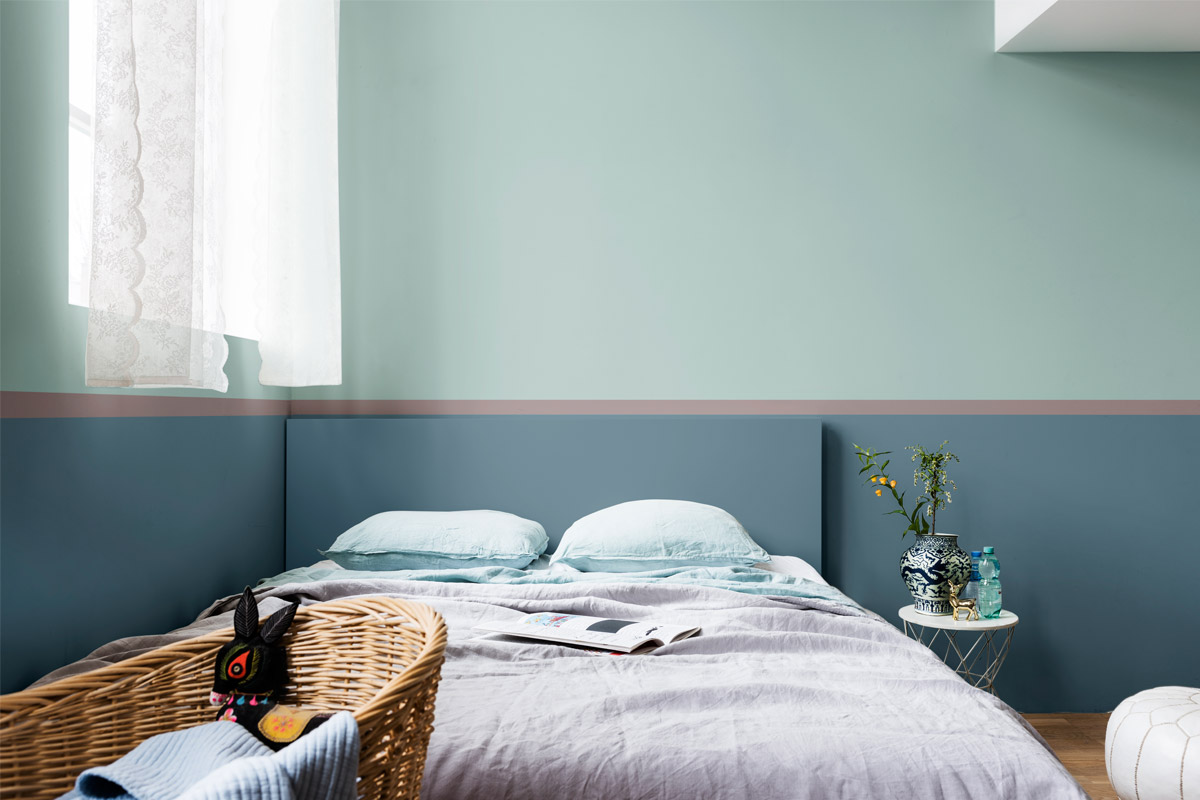
Image credit: Dulux
Indulge in deeper hues
To create a bedroom with a more sensual atmosphere, go with darker colours like navy, olive and violet. Richer colours and textures in the bedroom can also help to evoke a luxurious feel.
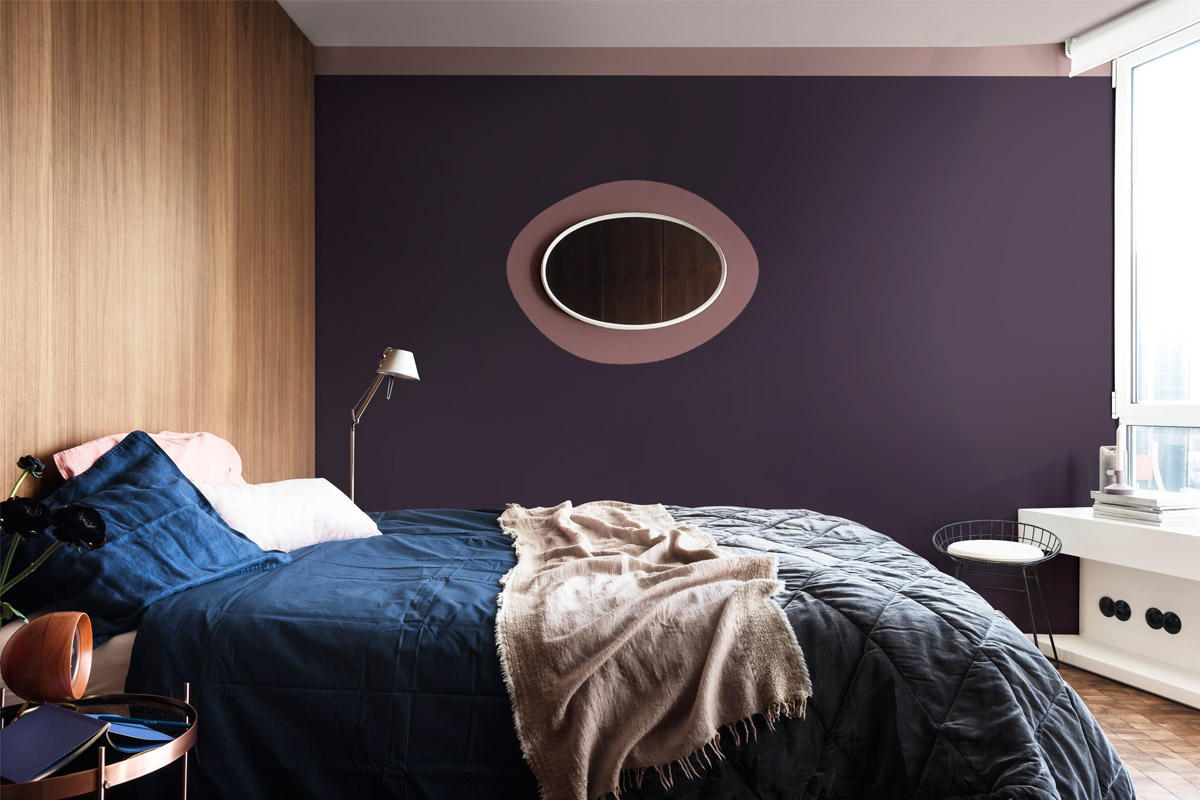
Image credit: Dulux
Soft spot
Make your room perfect for lounging and snuggling with the addition of some cushions, throws and a rug. Rugs bring a sense of warmth and help to nurture a cosy and comfortable space. Avoid open shelving so that most items will be kept out of sight, minimising mess and clutter. With some soft furnishings and tidying up, your bedroom can have the space to be your personal getaway.
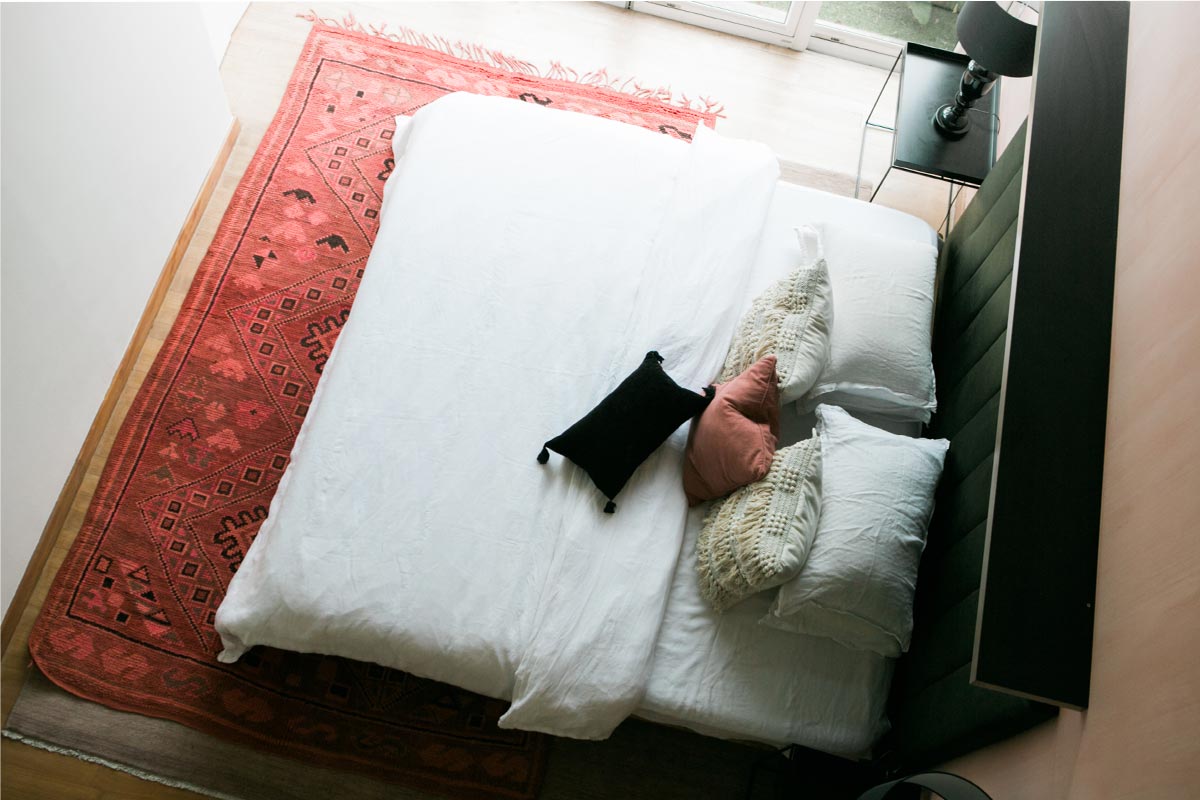
Image credit: Ruby Slippers
Take a seat
If me-time is important to you, make sure that your bedroom has a space where you can relax and unwind before you go to bed. Carve out a corner with a sofa or armchair so that you can kick back and enjoy some alone time with your favourite reads or music.
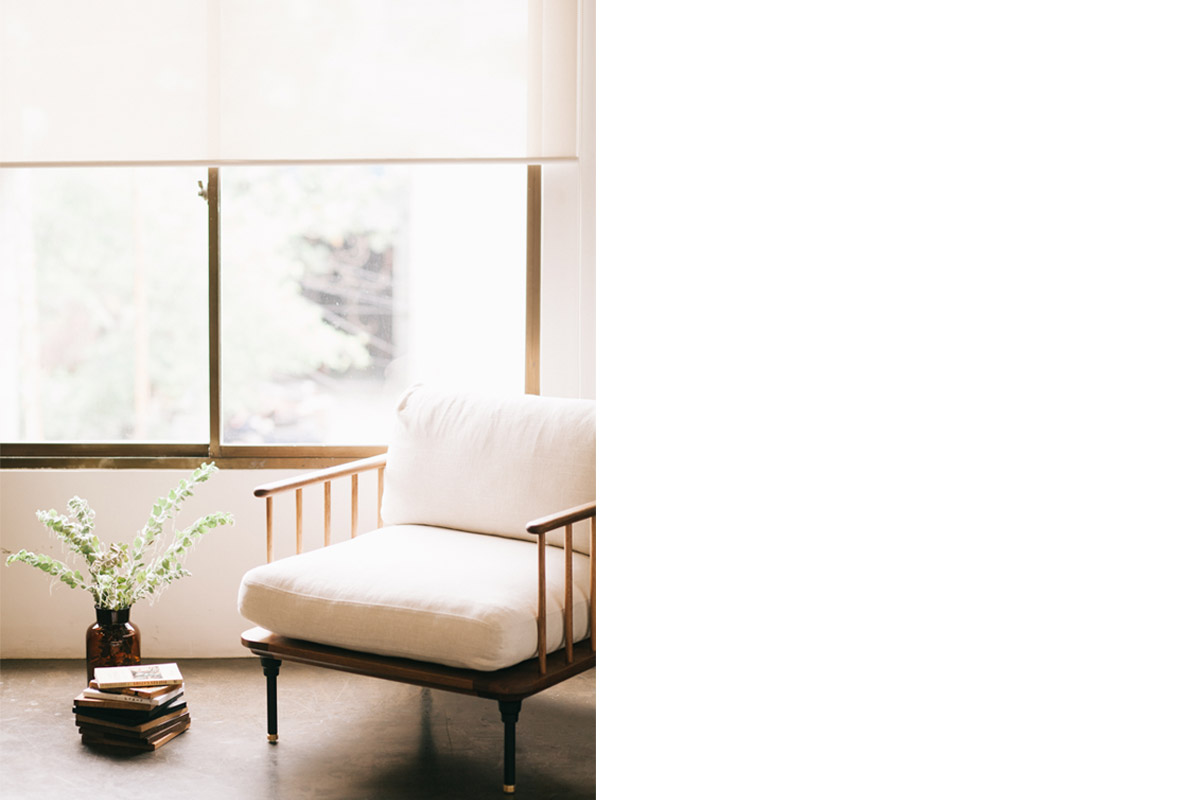
Image credit: Journey East
Lights out
Generally, it is known that the darker the room, the deeper you sleep. However individual preferences vary and some people prefer to sleep with a nightlight. For those who prefer the room to be dark, blackout curtains block external light from entering the room, so that your bedroom remains dark even if the street lights shine directly in or when the sun is up.
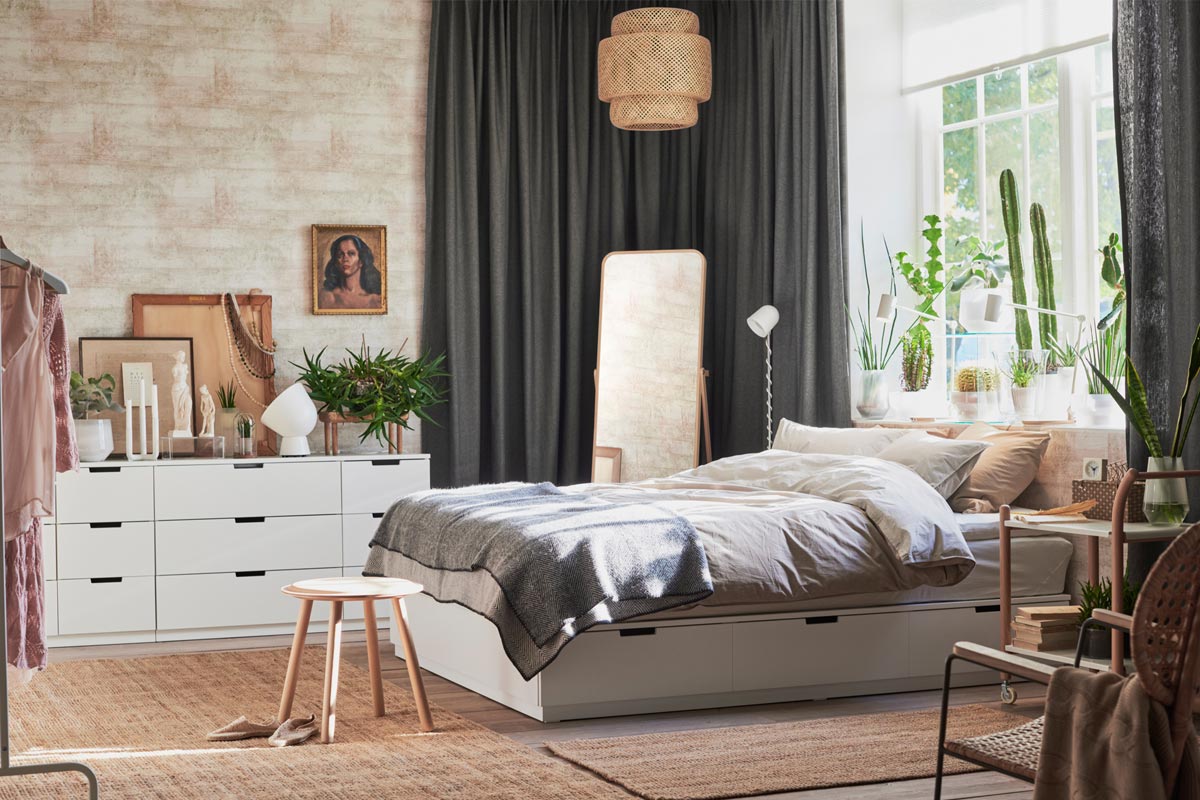
Image credit: IKEA
Set the mood
Harsh overhead lighting isn’t the best when you’re trying to create a relaxing sanctuary conducive for rest and sleep. Turn down the lights and have soft accent lighting instead using standing floor lamps, table lamps or even strings of fairy lights.
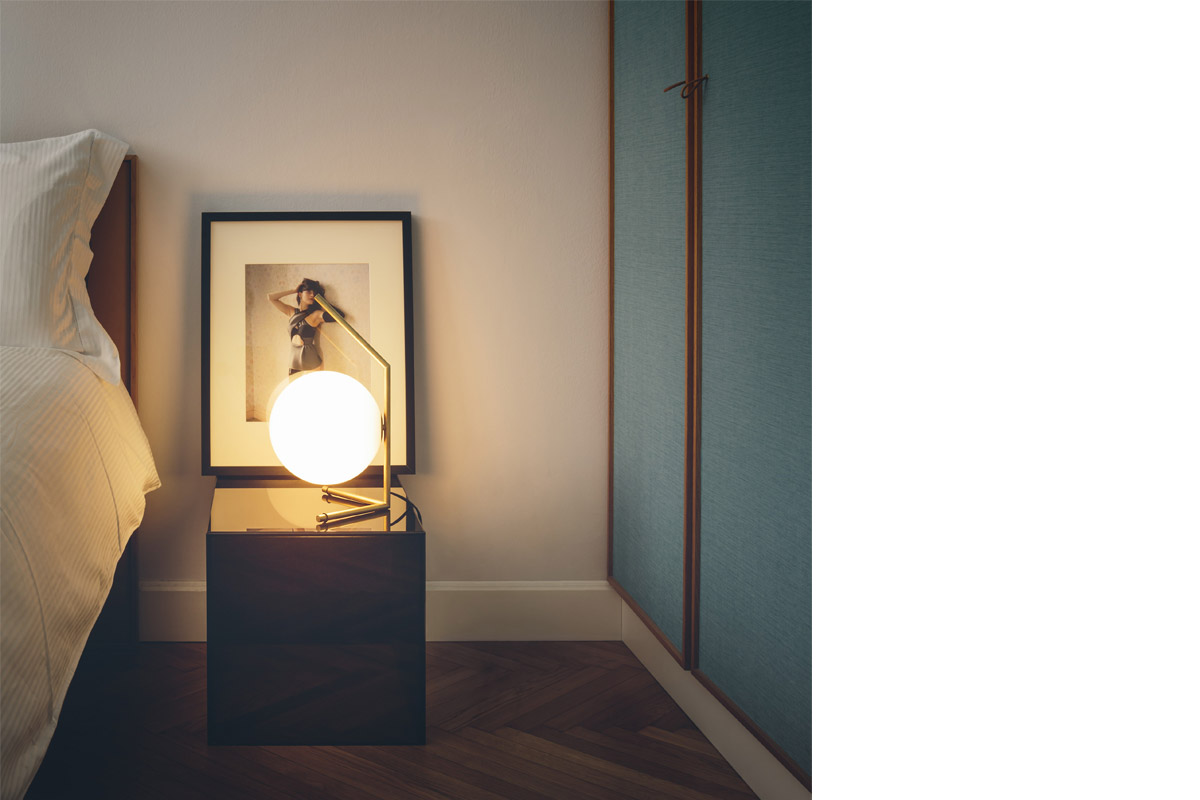
Image credit: Flos
Screen it out
If there are no partitions in the room to separate the activity area from the sleeping area, you can easily set one up with a room divider. Mobile screen dividers are not only useful as a privacy screen, but also as a decorative element, adding a touch of personality to your space.
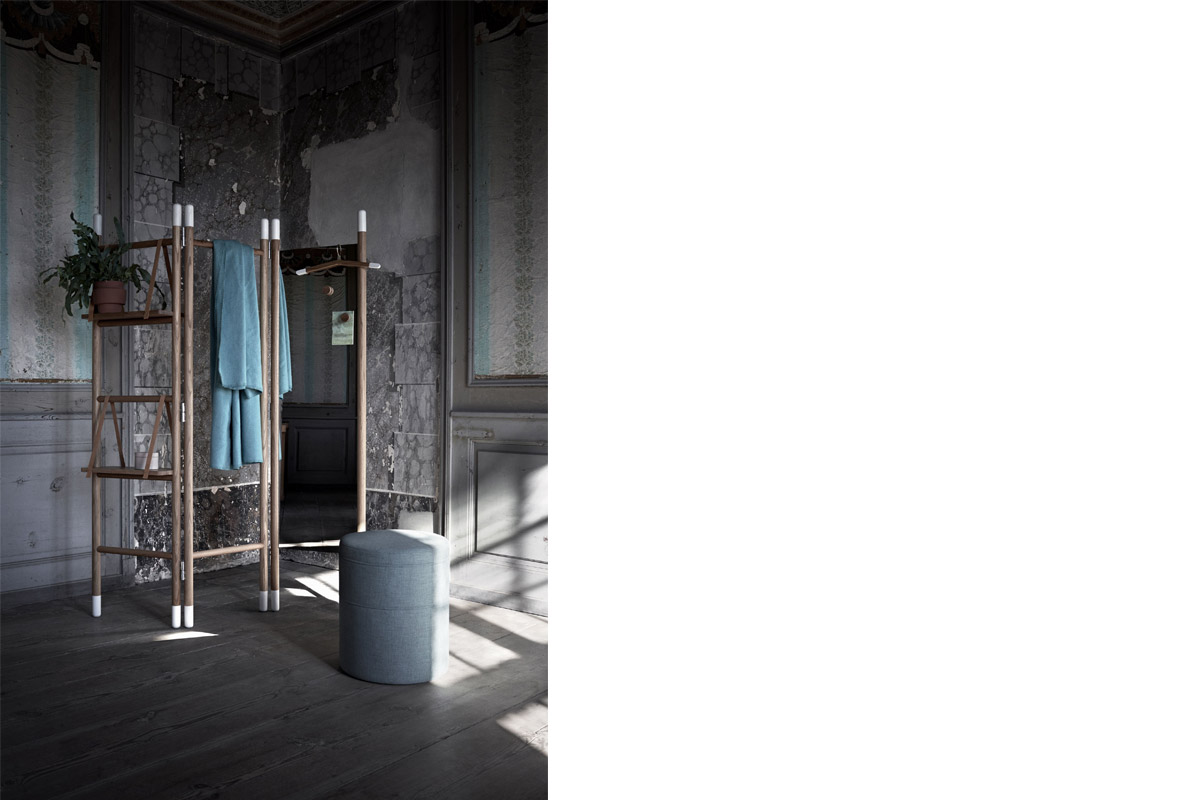
Image credit: Kuhl Home
This was adapted from an article originally written by Jasmine Goh published in the February 2018 issue of SquareRooms.



